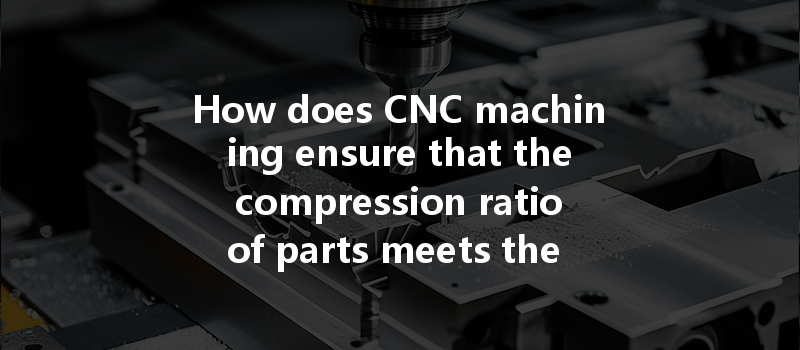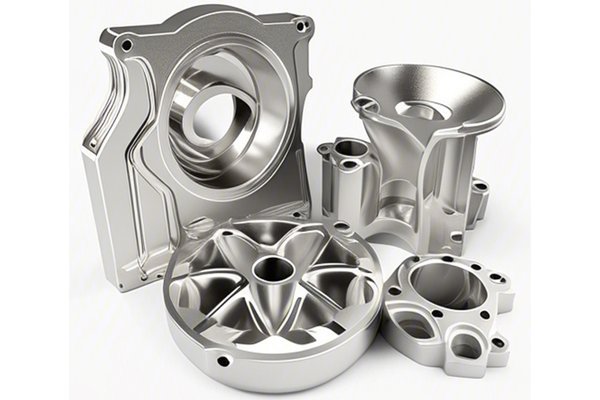Opening
Did you know that a staggering 75% of mechanical failures in engineering components can be traced back to improper design specifications or manufacturing processes? This statistic underscores the importance of precision in manufacturing, especially when it comes to critical measurements like the compression ratio. For industries ranging from automotive to aerospace, ensuring that parts meet stringent design requirements is not just a matter of performance; it’s a matter of safety and reliability. In this blog, we will delve into the fascinating world of CNC (Computer Numerical Control) machining and explore how it guarantees that the compression ratio of parts aligns perfectly with design specifications.
Understanding Compression Ratio
The compression ratio of a part refers to the ratio of its volume before compression to its volume after compression. It plays a crucial role in applications such as internal combustion engines and hydraulic systems, where efficiency and performance depend heavily on the accuracy of this measurement. A precise compression ratio ensures optimal performance, fuel efficiency, and reduced emissions in engines. In hydraulic systems, an accurate compression ratio is vital for ensuring consistent force output and overall system stability.
The Role of CNC Machining in Achieving Design Precision
CNC machining has emerged as a critical technology in modern manufacturing, providing an unmatched level of precision and consistency in engineering. But how does it specifically help in meeting compression ratio requirements? Let’s break this down into detailed solutions.
At the heart of CNC machining are sophisticated software and programming techniques that allow engineers to define precise measurements for each part to be manufactured. Programs utilized in CNC machines, such as CAD (Computer-Aided Design) and CAM (Computer-Aided Manufacturing), enable designers to input detailed specifications, including the desired compression ratio.
This digital design process eliminates human error commonly associated with manual machining methods. Once the design is uploaded, the CNC machine interprets the data with extreme accuracy, ensuring that every aspect of the component, including the compression ratio, is upheld.
CNC machines utilize tools like mills, lathes, and routers to craft components with incredible precision. Here are various factors that contribute to high-precision manufacturing:
The choice of material plays a crucial role in achieving the desired compression ratio. CNC machining allows for a wide range of materials—steel, aluminum, plastics, and composites—to be employed. The choice of material can impact both the weight and performance characteristics of a part.

After machining, parts may undergo various post-processing techniques to further guarantee design specifications, including the compression ratio:
Finally, once the components have been manufactured, they undergo extensive testing to validate that the compression ratio meets the design criteria.
CNC machining has revolutionized the manufacturing landscape, offering unparalleled precision and reliability in producing parts that meet strict design specifications, including crucial measurements such as the compression ratio. By leveraging advanced software, high-precision manufacturing capabilities, appropriate material selection, strategic post-processing, and rigorous testing, CNC machining ensures that the components are not just made but made to last and perform effectively in their intended applications.
The significance of understanding how CNC machining aligns with design requirements cannot be overstated. It is imperative for engineers, designers, and manufacturers alike to recognize that precision manufacturing isn’t just about dimensions but about ensuring safety, reliability, and performance in every part produced. By grasping the core technologies and methodologies that underlie this process, industry professionals can better navigate the complexities of modern manufacturing and embrace the future with confidence.
As a call to action, reflect on the importance of these processes in your own work, whether you’re an engineer, manufacturer, or a quality assurance professional. Staying informed on the latest CNC machining technologies will not only enhance your skills but also contribute to a more efficient and effective production environment.






